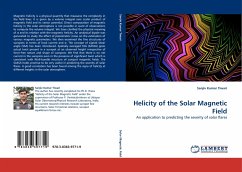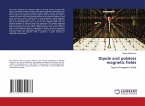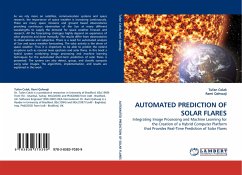Solar Eruptions including flares, Coronal Mass Ejections (CMEs) are energetic, explosive transient events releasing enormous amounts of energy due to sudden destabilization of magnetic field in the active regions (ARs). Large flares and CMEs are primary causes of space-weather disturbances which include satellite failure, disruption of communication and power systems etc. Therefore, there is a need to better understand the underlying physics and associated phenomena in these eruptive events, and to refine the prediction capabilities that help in taking precautionary/preventive measures. This work deals with observational evidences for storing and releasing energy in the magnetic system of ARs where eruptions mostly occur. The prime observational data used in this study is from NASA's space-born Solar Dynamic Observatory. In this context, the study focuses on the triggering and driving mechanisms of eruptions, helicity and energy storage by field line foot point motions at the photosphere and methods of coronal magnetic field modeling using photospheric magnetic field observations.
Bitte wählen Sie Ihr Anliegen aus.
Rechnungen
Retourenschein anfordern
Bestellstatus
Storno








